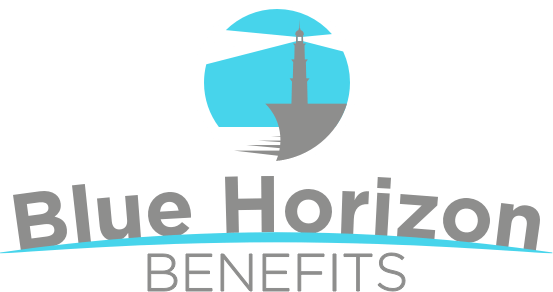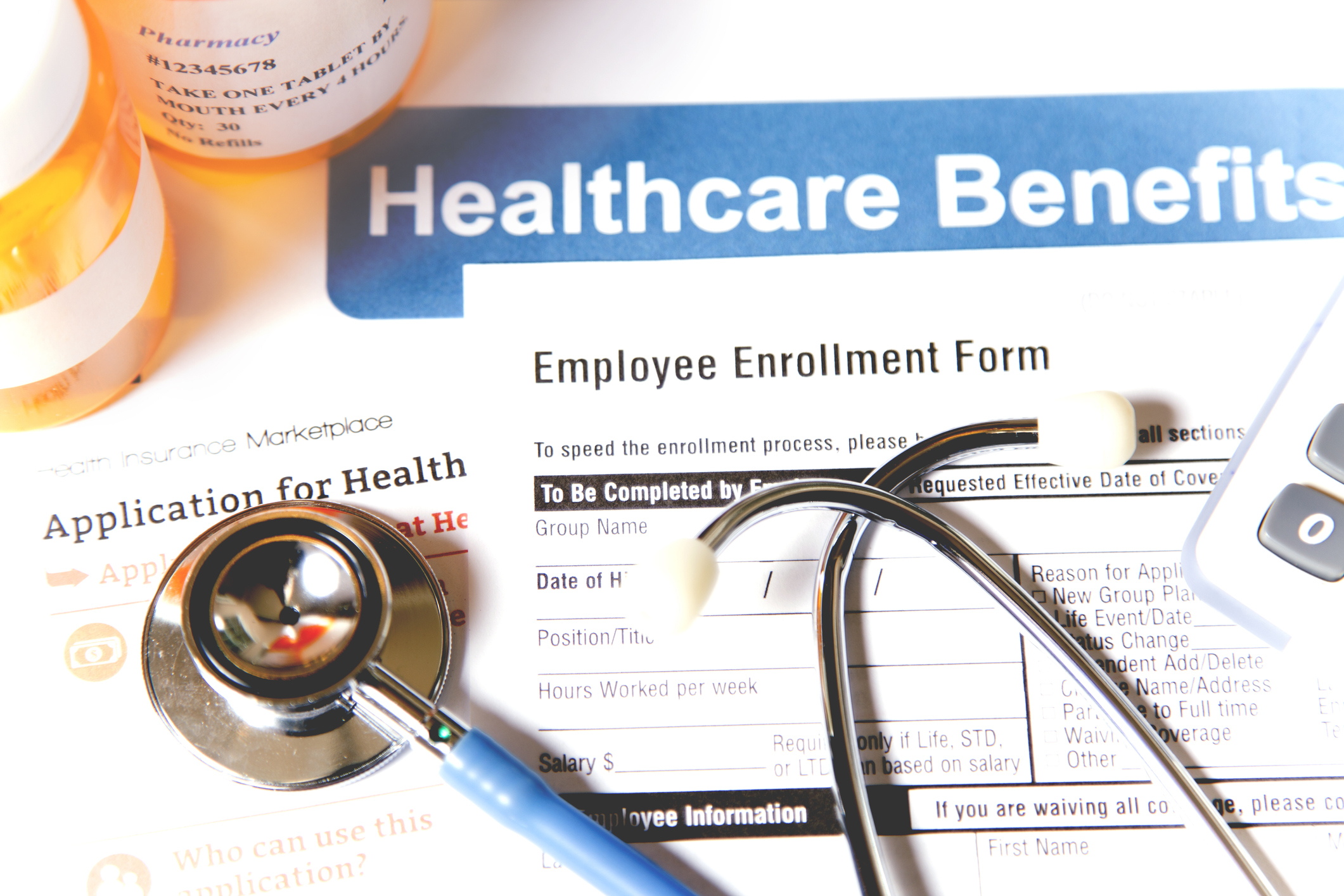An Employer Guide to Open Enrollment for the 2022 Policy Year
With the COVID-19 pandemic continuing to throw a wrench into the economy and the workplace, employers are gearing up for another unusual open enrollment for their group health plans for the 2022 policy year.
As a result of the pandemic, your employees’ priorities may have changed and some of them may be looking at enhanced benefits, or to change their plans’ deductibles or out-of-pocket maximums.
The coronavirus is obviously not in the rear-view mirror, so employers need to consider workers’ new priorities when choosing health insurance plans and other employee benefit offerings.
Employees’ new priorities
Here’s what’s become a priority for many workers today:
- Mental health support
- Access to telehealth
- Higher interest in health savings accounts (HSAs).
Employers should consider their staff’s new priorities when designing health and benefit programs. If you decide to make changes to your plans or if your health plans have changed, you’ll need to effectively communicate those changes to your workforce.
More health plans are rolling out more and improved access to mental health support, the demand for which has surged during the pandemic as many people struggled with the sudden changes and isolation spawned by stay-at-home orders.
Additionally, because many people were afraid or because of doctor’s office restrictions, many tried telehealth video-conferencing services for the first time in 2020 or in 2021. Insurers see telehealth as a viable option for reducing the cost of care, and they have invested heavily in the infrastructure to enable health plan enrollees to meet virtually with their doctors.
More health plans are also covering mental health video-conference sessions as well.
Many plans have expanded these services, but you’ll need to check to see if the ones you are offering include these enhancements.
Additionally, the pandemic has resulted in more employees looking for ways to set aside funds during the year to pay for health care and medications. This can be done through HSAs and flexible spending accounts (FSAs). which are funded by the employee using pre-tax dollars. The funds in those accounts can be used to reimburse for a wide variety of qualified medical expenses.
HSAs, however, can only be offered to employees who are enrolled in a high-deductible health plan (HDHP). HSAs can be kept for life and can be transferred from one employer to the next if a worker switches jobs. FSAs are easier to set up, but they are not kept for life and cannot be transferred to another employer when an individual leaves your employ.
There are some changes to these plans that you should know about.
The Coronavirus Aid, Response and Economic Security (CARES) Act, signed into law in March 2020, allowed HSA-qualified HDHPs to cover telehealth services before plan enrollees reached their deductible. This provision expires Dec. 31, 2021.
However, another change brought by the CARES Act is permanent: Employees with HSAs, health reimbursement arrangements or health FSAs are now allowed to use those accounts to reimburse for over-the-counter medications without a prescription, and for certain menstrual care products, such as tampons and pads.
Communications and planning
During your open enrollment meetings and in your communications material, you’ll want to highlight any new services that the health plans you are offering your staff will cover.
Since COVID-19 is still present and is raging in some communities, you may want to consider:
Holding a ‘virtual benefits fair’ — In these virtual fairs, employees and families can go online and check out the offerings of all the plans available to them, so they can learn more about their offerings and provider networks. These events can be done on the employees’ and families’ own time.
Conducting virtual open enrollment meetings — Consider holding teleconference open enrollment meetings to go over the employees’ health plan choices, and the deductibles, copays, premium amounts and what the maximum out-of-pocket is for each choice.
Sending out more frequent and targeted communications — Targeted communications can be sent to various cohorts of your employees, such as information on plans that would be of most interest to people in their 20s and 30s. What you send them in terms of recommended options would be different than what you send older employees, who have other priorities.
Using technology for enrollment — Some health plans offer apps through which employees can choose and sign up for the plan of their choice. Talk to us about what’s available to you.
Schedule it
The Society for Human Resources Management recommends that you do the following in the two months prior to open enrollment (September through October). This is the time to get the word out about the upcoming open enrollment. Consider:
- Distributing a pre-enrollment flier (printed and online) in September.
- Holding a virtual benefits fair in mid-to-late September.
- Distributing the enrollment packet at the end of October (printed and online).









